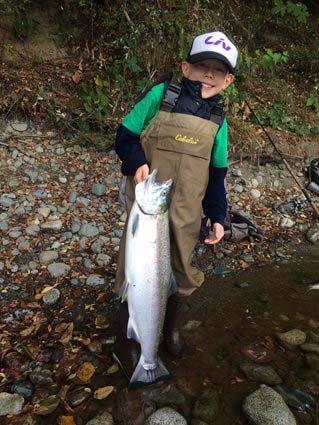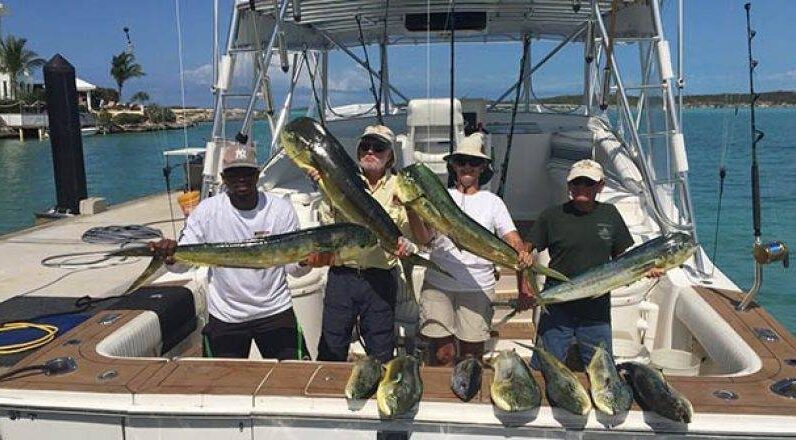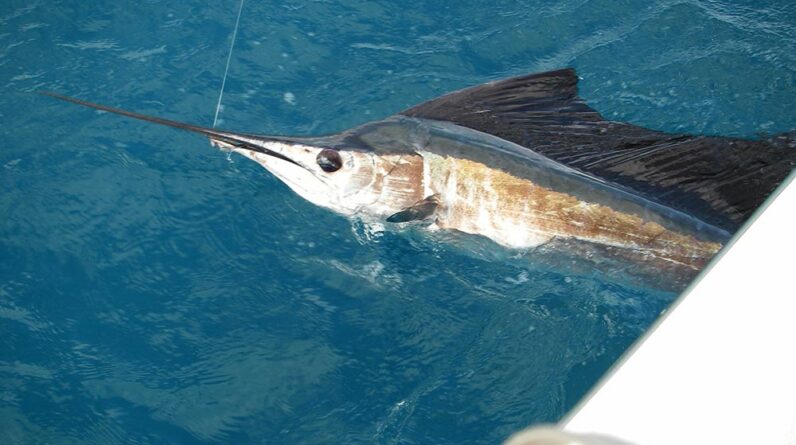As summer ends, the bright colours of fall begin to show themselves. As fall approaches, cooler weather and foggy mornings become more common. It’s also time for the wonderful fall salmon fishing season in local rivers. Annually, thousands of anglers look forward to this event. It’s becoming more and more popular, especially among younger anglers who are just starting to play. While salmon bans on the mainstem Fraser River continue, hatchery salmon fishing is still allowed for fun on some of the river’s tributaries. Check out the Department of Fisheries and Oceans Canada website to see the recreational salmon limits, openings, and closings for Region 2.

Where You Can Fish
The Chilliwack/Vedder, Sumas, Harrison, Chehalis, Stave, Capilano, and Dewdney (Nicomen) Slough are the most well-known river systems in the Lower Mainland where salmon run in the fall. Hatchery fish are what makes all of these systems so famous.
Highlights of Pink Salmon
In September of odd-numbered years, like 2023, 2025, etc., millions of pink salmon will return to the Fraser River and its branches. The old saying “pink for pinks” is important when fishing for pink salmon. Colours of pink must be used in your presentation whether you are fly fishing, throwing spoons or lures, or twitching jigs.
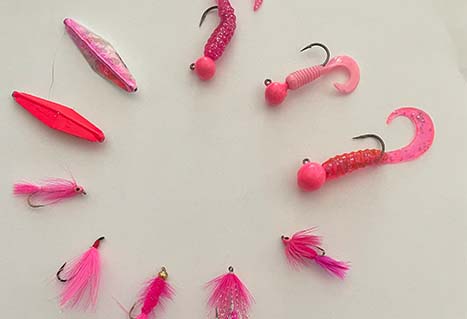
Finding pinks is usually not hard because they stay close to shore and are easy to see. Looking for fish that are moving or coming to the surface, and casting right in with them. Simply play your fish lightly so the hooks don’t come out, and you’ll be “in the pink.”
–
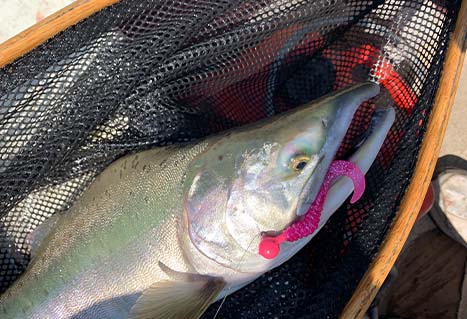
Methods for Salmon
These fishing methods work well for catching salmon in fresh water: wiggling jigs, spoon or spinner fishing, and floating fishing.
Going Float Fishing
Because it’s easier to show your lure to fish, float-fishing is usually the most popular way to fish in rivers with faster currents. Utilize a centerpin, levelwind, single-action, or spinning reel along with a rod that matches. In any situation, you can fish with cured roe, wool, beads, or Colorado spinners, among other baits or hooks.
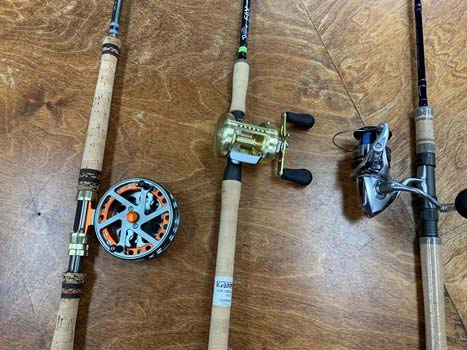
Spoon or Spinner Fishing
There is a spinning rod and reel combination that works best for throwing spoons and spinners. Whatever the water condition is, you can work your lure fully to cover all depths with very little effort. Putting your casts slightly upstream and then retrieving your bait down and across the current is a common fishing technique that works very well. If you can cast from a moored or back-trolled boat, this method also works well for fishing in those areas.
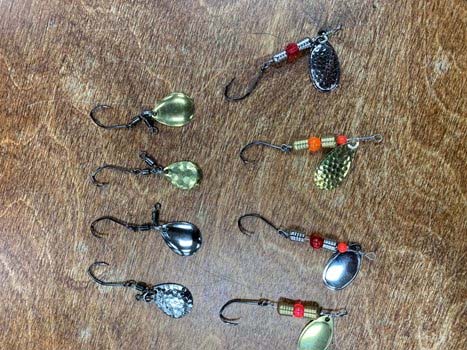
Fly Fishing
Fly-fishing for coho can be very successful in water that is slow or dead. For these fish, slower-moving areas like big back eddies seem to be perfect. Single-handed 7- to 9-weight fly rod and reel sets can usually handle salmon. The best fly lines are usually sink-tip or middle sinking fly lines. When fishing in fresh water, salmon don’t really eat, so use a bright, flashy fly design to get them to strike. You can also trick an attacker into attacking by changing the speed of your catches.
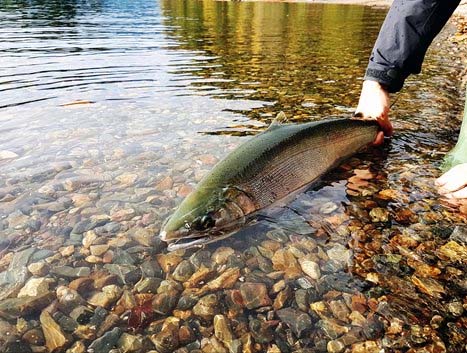
Twitching Jigs
Fishing for salmon, especially coho, with a moving jig is both new and popular. You should use a stronger, faster-action two- to 2.5-meter (seven- to eight-foot) spinning rod with a good spinning reel that is loaded with 15- to 20-pound-test braided super line. In this combination, the angler can feel the lightest hit while retrieving and then set the hook correctly.
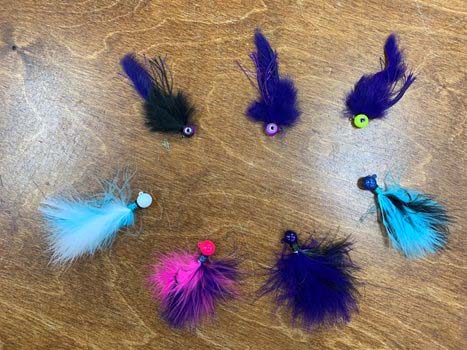
Put out jigs of different colours and then bring them all back in with a twitch-type return that makes the jig swim all over the place. The dashing, stopping and starting action of the jig seems to get the salmon so excited that they will hit the lure very hard. Learning how to do twitchy jigs takes some practice, but it is well worth it.

Local salmon fisheries are controlled based on population size, so check the freshwater salmon fishing rules often for changes and quotas during the season. Add a freshwater salmon stamp to your standard license if you want to catch salmon. An excellent fishing area that lots of fishermen love. Try it out and see what all the fuss is about if you haven’t already!
